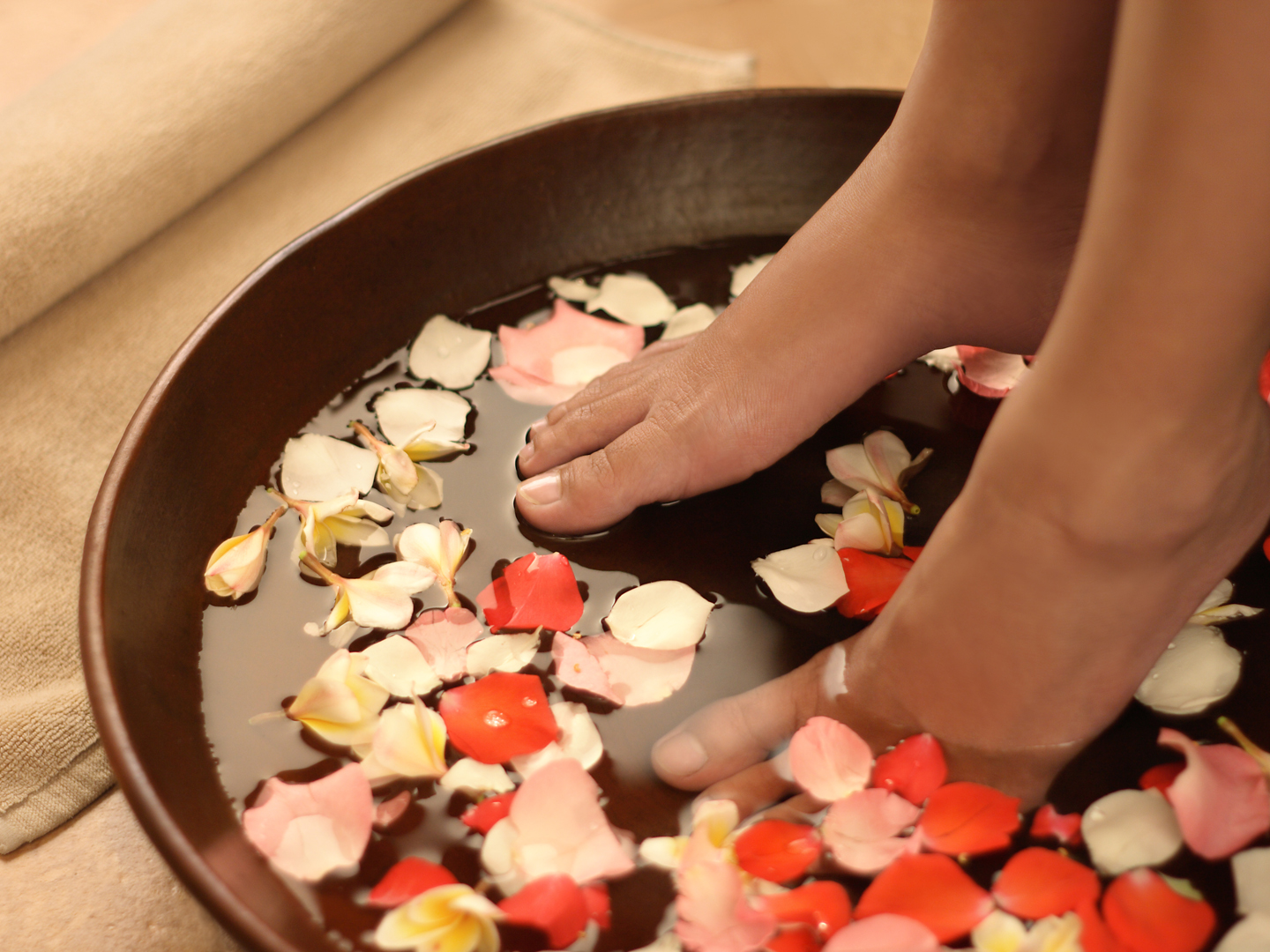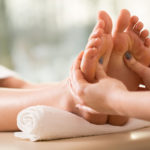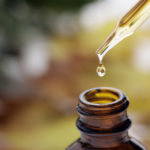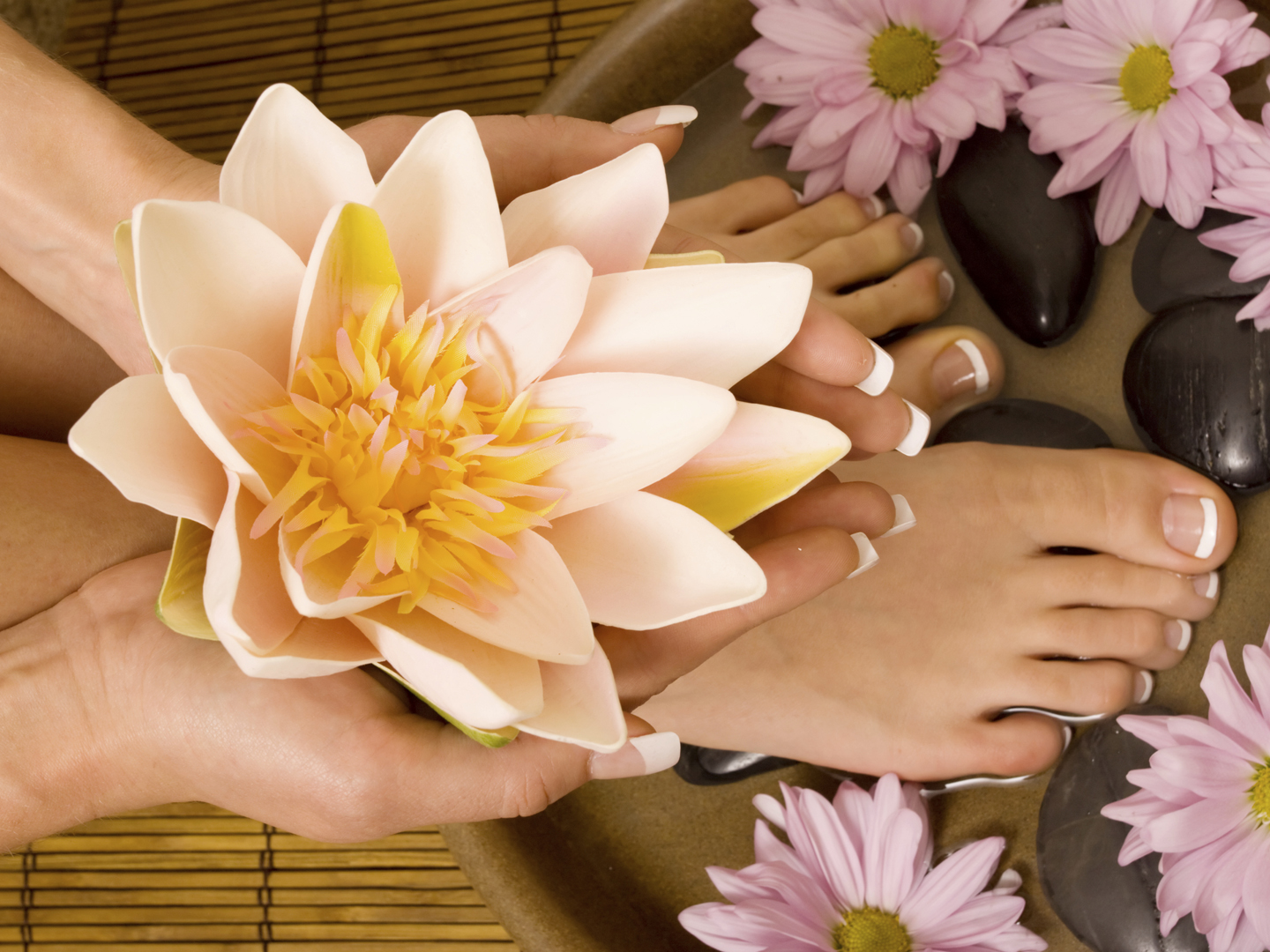Varicose Veins
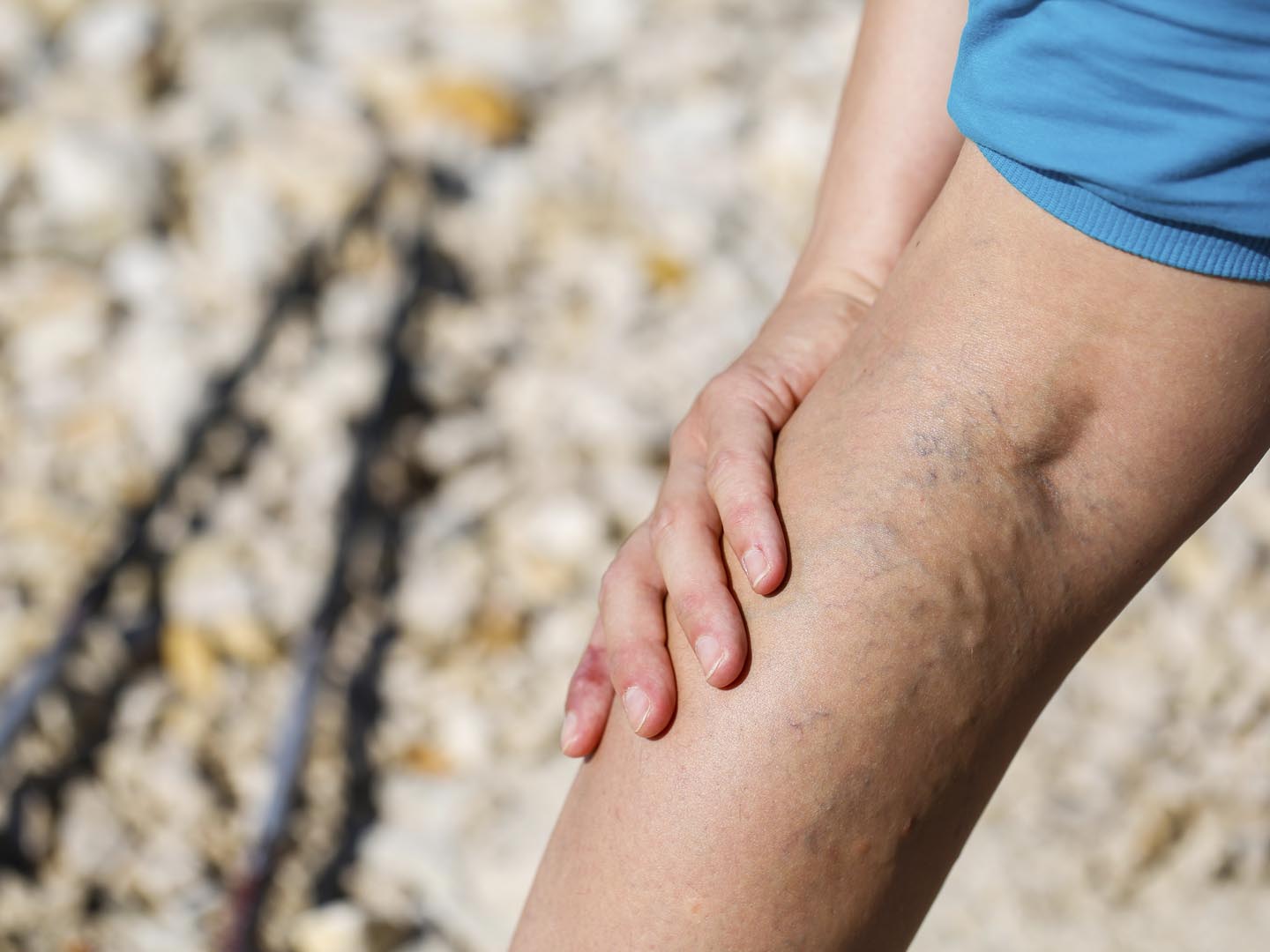
What are varicose veins?
Varicose veins are enlarged blood vessels that usually affect the veins of the leg and foot, the most visible one being the saphenous vein that runs the length of the leg, down the calf and into the foot. Spider veins are smaller versions of varicose veins that are close to the skin’s surface. They can be red or blue and may look like spiderwebs and appear on the extremities and face. Varicose veins are a common condition in the United States affecting up to 25 percent of women and 15 percent of men.
What are the symptoms of varicose veins?
The word “varicose” comes from the Latin word “varix,” meaning “twisted.” For most people, varicose or spider veins are a cosmetic problem, although more advanced varicose veins can cause legs to ache or swell. Aching, a sense of heaviness, or pain in the legs can also be a foreshadowing of heart disease or worsening problems with circulation. If left untreated, varicose veins may lead to serious complications such as phlebitis (inflammation of the veins), skin ulcers, and blood clots.
What are the causes of varicose veins?
Both varicose and spider veins tend to run in families. More common in women, this structural weakness predisposes a person to varicosities when veins are subjected to increased pressure over time. The weakening occurs in the valves that line the walls of veins. These valves work to prevent blood from flowing backward as it moves up the body towards the heart. When pressure is high, valves are disrupted, and a backflow of blood pools and distends the vein causing it to enlarge.
The occurrence of varicose veins increases with age and weight. Veins that enlarge during pregnancy tend to improve afterward. Among women, the hormonal changes associated with puberty, pregnancy and menopause can increase the risk of developing varicose or spider veins, as can birth control pills or other drugs containing estrogen and progesterone.
If you’re fair skinned, you may develop spider veins on the face as a result of sun exposure. Patients with acne rosacea can also experience this.
Constipation is one of the leading causes of varicosities. Straining to have a bowel movement can close off venous return through the deep leg veins and divert it to the superficial veins of the lower extremities.
What is the conventional treatment of varicose veins?
Once the condition develops, physicians advise patients to avoid prolonged standing, elevate legs when seated, keep bowels soft and regular and conscientiously use elastic support stockings if standing is necessary.
Conventional medical and surgical treatments are invasive and often not successful. The most common treatment is sclerotherapy, an office procedure that works for both varicose and spider veins. A saline solution injected into the vein causes its walls to stick together and seal shut. Other veins take over the blood circulation. You may need several treatments depending on how extensive the affected area, but you should be able to resume your normal activities immediately.
Laser light can also be used to collapse and seal larger veins, as can radiofrequency energy that heats the affected vein causing it to collapse and seal itself shut. Both techniques are office procedures that require local anesthesia. Very large veins may require surgical removal.
What therapies does Dr. Weil recommend for varicose veins?
The best preventive measure is maintaining fitness. A combination of regular aerobic and strength-training workouts helps to keep muscles and their supporting venous structure strong and elastic. Remaining generally active – walking and bicycling to fulfill daily tasks rather than driving, for example – also helps support vein structure and function, and can help in maintaining normal weight.
Avoid either sitting or standing for long periods of time, and try to elevate your legs when resting. If you have to stand or sit for a long time, wear elastic support stockings or periodically get up and walk around. A low salt, high fiber diet can help, too (salt can cause water retention and swelling, and insufficient fiber increases the risk of constipation).
Grape seed extract is commonly prescribed in France for varicose veins and other vascular problems. It contains powerful antioxidant compounds called oligomeric proanthocyanidins (OPCs), which have been found in lab and animal studies to make blood vessels more elastic and also less likely to leak fluids that cause the leg swelling often associated with varicose veins.
In addition, the natural product Dr. Weil generally recommends for varicose veins is horse chestnut seed extract (HCSE), a remedy popular in Europe that is believed to work similarly to grape seed extract but that has been more extensively studied. The major active ingredient in HCSE is believed to be the compound escin, which appears to help support normal vessel-wall functioning. Horse chestnut is primarily used as a topical application. It is sometimes sold under the name Escin.
This herbal remedy is much better known in Europe than in America, but creams containing it are becoming available here. European doctors also prescribe Escin internally, but because of potential toxicity in the processing of extracts from the nuts and seeds, only topical use is recommended in the U.S.






